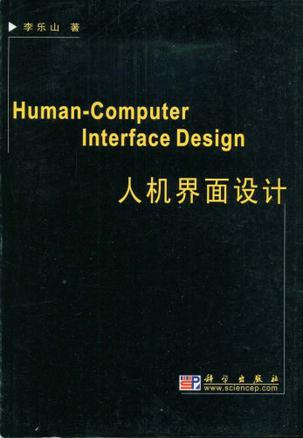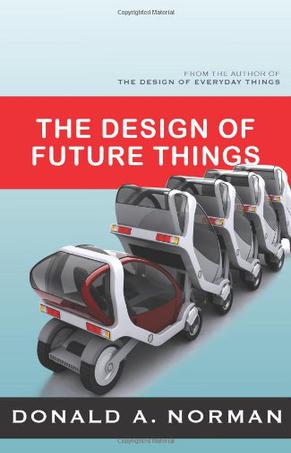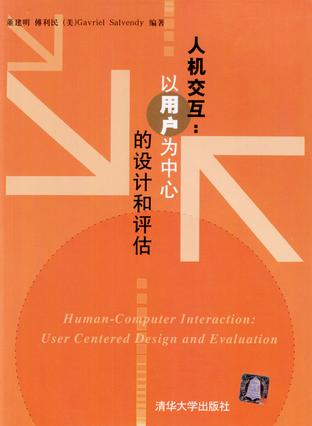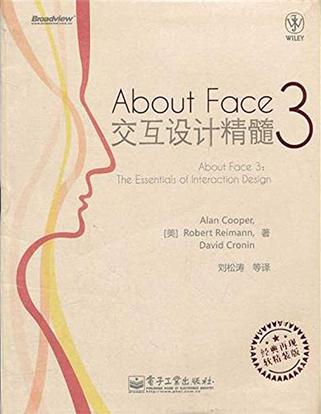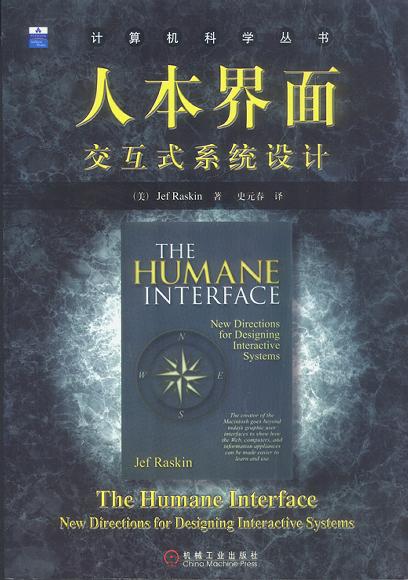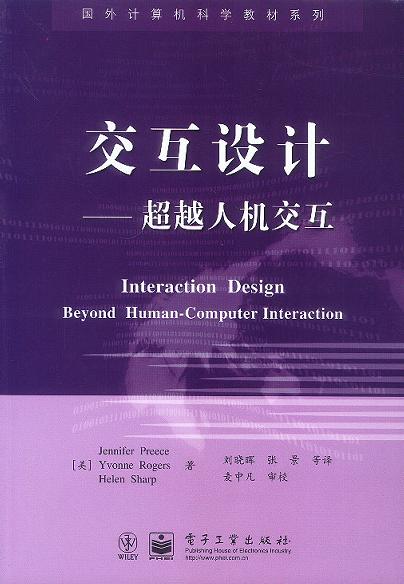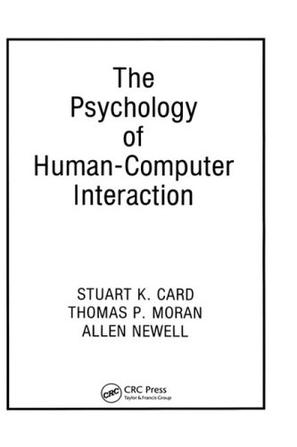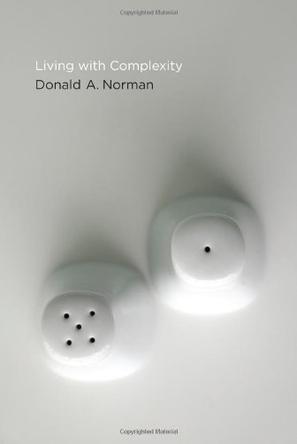欢迎来到相识电子书!
标签:人机交互
-
人机交互
《人机交互》(第3版)集计算机科学、认知科学、心理学和社会学于一体,对人机交互进行了多学科的交叉探讨,畅销欧美,反映该学科的发展方向。第三版根据最近期的进展做了大量修改和重写,突出人机交互的创新设计、以任务为中心、结构化和理论概括等理念。顾名思义,"人机交互"研究的是人、计算机技术以及两者相互影响的方式。 -
Human-Computer Interface Design人机界面设计
《人机界面设计》以建立以心理为基础的人机界面设计思想体系为目的,介绍了用户使用心理调查方法、有关的各种用户模型,及有关的动机心理学和认知心理学基础知识与方法等。 《人机界面设计》适合于高等院校机械、计算机、工业设计等专业的研究生使用,也可作为教师和人机界面设计人员的参考用书。 -
The Design of Future Things
From best-selling author Donald A. Norman, the long-awaited sequel to The Design of Everyday Things : a critical look at the new dawn of "smart" technology, from smooth-talking GPS units to cantankerous refrigerators. Donald A. Norman, a popular design consultant to car manufacturers, computer companies, and other industrial and design outfits, has seen the future and is worried. In this long-awaited follow-up to The Design of Everyday Things , he points out what's going wrong with the wave of products just coming on the market and some that are on drawing boards everywhere--from "smart" cars and homes that seek to anticipate a user's every need, to the latest automatic navigational systems. Norman builds on this critique to offer a consumer-oriented theory of natural human-machine interaction that can be put into practice by the engineers and industrial designers of tomorrow's thinking machines. This is a consumer-oriented look at the perils and promise of the smart objects of the future, and a cautionary tale for designers of these objects--many of which are already in use or development. -
人机交互:以用户为中心的设计和评估
本书综述部分介绍了与“用户为中心的设计和评估”方法相关的背景知识及发展概况。其后,分3篇分别介绍了解用户、用户界在设计和可用性评估的内容及一些相关的研究专题。最后,第11章讨论了在组织中实施以用户为中心的设计的专题。本书主要面向的读者包括:软件或网站的设计人员。同时本书也可成为“现代人因工程学”及“以用户为中心的设计”的教材,还可作为软件或网站公司经理的提高用户满意度或提升公司形象的手册。 -
About Face 3:交互设计精髓
《About Face3交互设计精髓(经典再现软精装版)》是一本数字产品和系统的交互设计指南,全面系统地讲述了交互设计过程、原理和方法,涉及的产品和系统有个人计算机上的个人和商务软件、Web应用、手持设备、信息亭、数字医疗系统、数字工业系统等。运用《About Face3交互设计精髓(经典再现软精装版)》的交互设计过程和方法,有助于了解使用者和产品之间的交互行为,进而更好地设计出更具吸引力和更具市场竞争力的产品。 全书分成3篇:第1篇描述了“目标导向设计”,详细讨论了用户和设计的过程及思想;第2篇讲的是交互设计的原则,可以帮助您在较高层次上去把握设计;第3篇则介绍具体的细节方面的界面设计原则。 -
人本界面
如果我们想克服目前人机界面上的固有缺陷,就很有必要理解本书的教义;若无此愿望,读读也无妨。交互设计的许多重要方面此书并没有包括在内,因为许多文献中都已经有详尽的阐述。本书的意图是补充现有的界面设计的方法或预测未来。 本书概述了人机界面设计领域的研究成果,详细论证了界面设计思想应以认知学为基础,并考虑人类的心智特点,在指出当前界面设计中弊端的同时,提出了新产品开发的思路。本书集计算机科学、人体工程学、心理学多种学科的内容于一身,是界面开发人员及相关研究者不可不读的一本好书。在本书中,我们可以看到“以人为本”已经不只是一种人机关系的理想,而是可以体现在界面以及相关软硬件技术上的具体设计原则和实现方法了。 -
Living with Complexity
If only today’s technology were simpler! It’s the universal lament, but it’s wrong. We don't want simplicity. Simple tools are not up to the task. The world is complex; our tools need to match that complexity. Simplicity turns out to be more complex than we thought. In this provocative and informative book, Don Norman writes that the complexity of our technology must mirror the complexity and richness of our lives. It’s not complexity that’s the problem, it’s bad design. Bad design complicates things unnecessarily and confuses us. Good design can tame complexity. Norman gives us a crash course in the virtues of complexity. But even such simple things as salt and pepper shakers, doors, and light switches become complicated when we have to deal with many of them, each somewhat different. Managing complexity, says Norman, is a partnership. Designers have to produce things that tame complexity. But we too have to do our part: we have to take the time to learn the structure and practice the skills. This is how we mastered reading and writing, driving a car, and playing sports, and this is how we can master our complex tools. Complexity is good. Simplicity is misleading. The good life is complex, rich, and rewarding—but only if it is understandable, sensible, and meaningful.
热门标签
下载排行榜
- 1 梦的解析:最佳译本
- 2 李鸿章全传
- 3 淡定的智慧
- 4 心理操控术
- 5 哈佛口才课
- 6 俗世奇人
- 7 日瓦戈医生
- 8 笑死你的逻辑学
- 9 历史老师没教过的历史
- 10 1分钟和陌生人成为朋友


